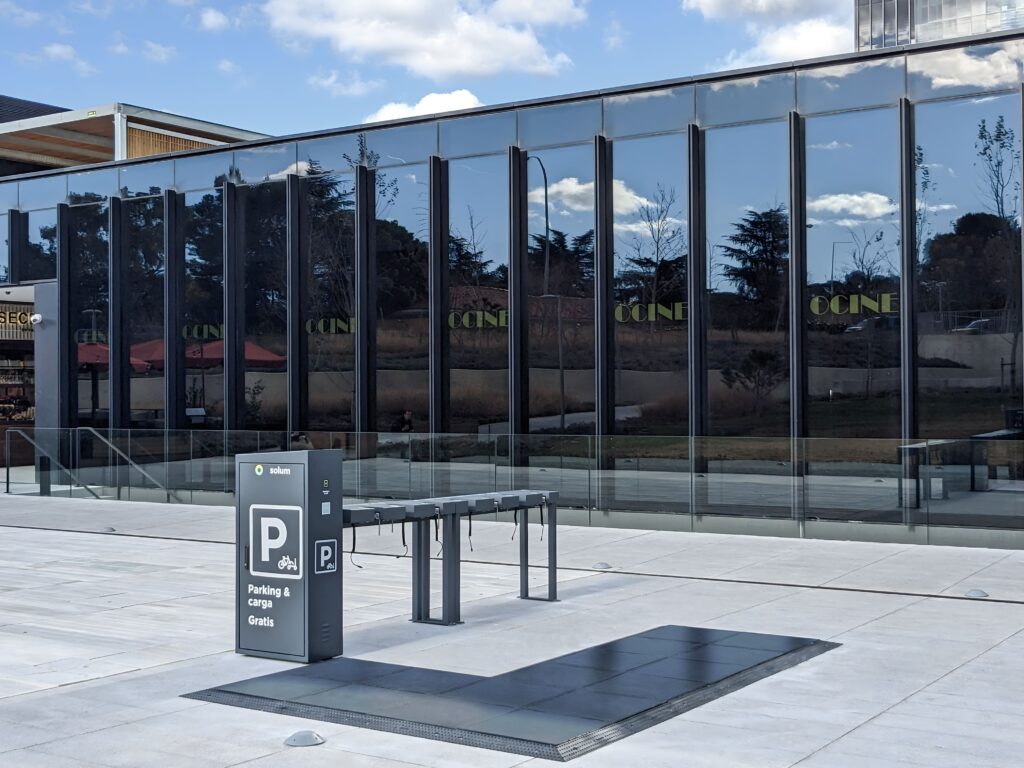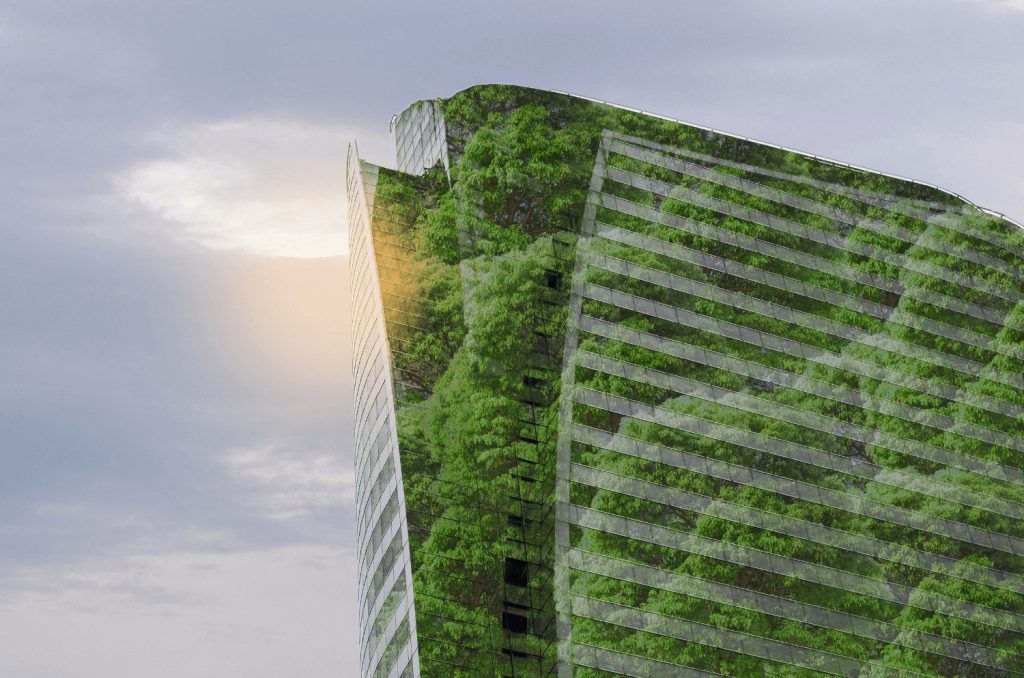In recent years, sustainable construction has become an increasingly popular trend in the construction industry. But what is sustainable construction, and how has it evolved with innovation and development?
What is Sustainable Construction?
Sustainable construction refers to a method of building that considers long-term environmental, social, and economic impacts. This means not only focusing on the energy efficiency of the building but also on the responsible use of natural resources, improving the quality of life for its inhabitants, and reducing greenhouse gas emissions.
Sustainable construction implements more efficient and environmentally friendly technologies and materials, as well as innovative design and construction practices. The ultimate goal of sustainable construction is to create healthier, safer, and more sustainable buildings and communities for the long term.

Innovation and new technologies for sustainable construction
Innovation and new technologies have enabled significant advancements in sustainable construction. Below are some of the innovations taking place in the field:
– Integrated Solar Panels
Photovoltaic solar panels have become more efficient and accessible, allowing for their integration into buildings. Solar panels can now be installed on roofs, facades, and windows, maximizing the generation of renewable energy and reducing dependency on non-renewable energy sources.
– Photovoltaic Pavement or Solar Flooring
One of the most notable innovations in this field is photovoltaic pavement or solar flooring. This type of pavement can generate electricity from the sunlight it receives, turning urban areas into spaces for renewable energy production.
At Solum, we have designed and developed this type of flooring, which generates electricity from sunlight, making it a renewable energy source in urban areas. This transforms urban spaces into clean and renewable energy production areas.

– Eco-Friendly Sustainable Construction Materials
New sustainable construction materials with a lower environmental impact are being developed. For instance, concrete and cement with reduced carbon content and recycled materials like plastic or glass are being used.
Renewable materials such as certified wood, sheep wool, hemp, and others are also being utilized. These materials have a smaller carbon footprint, making them more sustainable in the long term.
– Smart Management Systems
The implementation of smart systems in buildings allows for more efficient resource control. These systems manage lighting, climate control, and other elements to optimize energy consumption and minimize waste.
– Modular Construction Technology
Modular construction relies on prefabricated components manufactured in factories and assembled on-site. This technique reduces construction waste, shortens project timelines, and enhances the energy efficiency of buildings.
– Sensors and Real-Time Monitoring
Sensors incorporated into buildings collect real-time data on energy consumption, air quality, water usage, and more. This facilitates the identification of improvement areas and data-driven decision-making to maximize sustainability.
– Energy Efficiency Technology
More efficient systems for generating, distributing, and using energy in buildings are being developed. This includes LED lighting systems, low-energy HVAC systems, and energy management systems that optimize resource use.
These innovations and technologies are transforming the sustainable construction industry, enabling the creation of more sustainable and energy-efficient buildings. With the continued development and adoption of these solutions, sustainable construction is expected to become the industry standard, promoting an environmentally friendly future and improving people’s quality of life.
Innovation and new technologies are reshaping how buildings and cities are constructed. Solum’s photovoltaic pavement or solar flooring is a clear example of how technology can be used to create sustainable and innovative solutions that promote a more livable and environmentally friendly future.
Sustainable Construction Certifications
Sustainable construction is also being driven by the adoption of certifications like LEED and BREEAM. These certifications evaluate the environmental and social impact of buildings and promote the implementation of sustainable practices in their construction and operation.

LEED and BREEAM are two of the most recognized sustainable construction certifications worldwide:
– LEED (Leadership in Energy and Environmental Design)
LEED is a classification system developed by the U.S. Green Building Council (USGBC) that evaluates the environmental impact of buildings. LEED certification assesses various aspects, such as energy efficiency, waste management, indoor air quality, and the selection of sustainable materials, among others.
– BREEAM (Building Research Establishment Environmental Assessment Method)
Originating in the UK, BREEAM also focuses on assessing the environmental and social impact of buildings. In addition to energy efficiency and sustainable material selection, BREEAM evaluates aspects such as accessibility, safety, and the health of building users.
Both certifications aim to promote good practices in sustainable construction and building operations, each with its own requirements and levels of certification. The adoption of these certifications is increasingly widespread globally and is considered a standard of excellence in sustainable construction.
At Solum, we have long been aware of the importance of sustainability and reducing environmental impact. Through our solar flooring, we harness renewable energy, gradually reducing our dependence on fossil fuels.
Sustainable construction is an approach that goes beyond mere energy efficiency, focusing on creating sustainable buildings and communities for the long term. At Solum, through innovation and new technologies, we are promoting a more sustainable and livable future.







